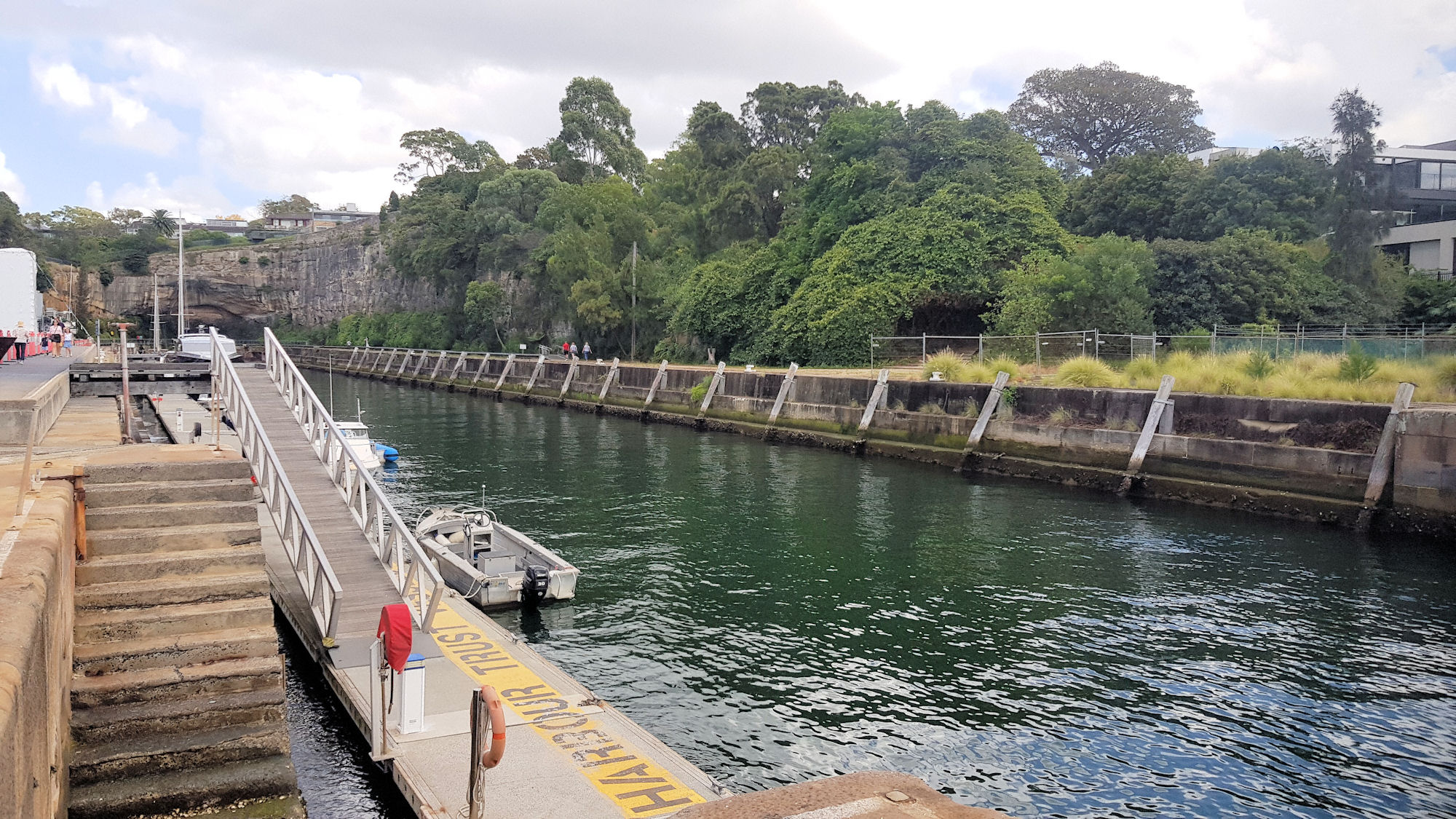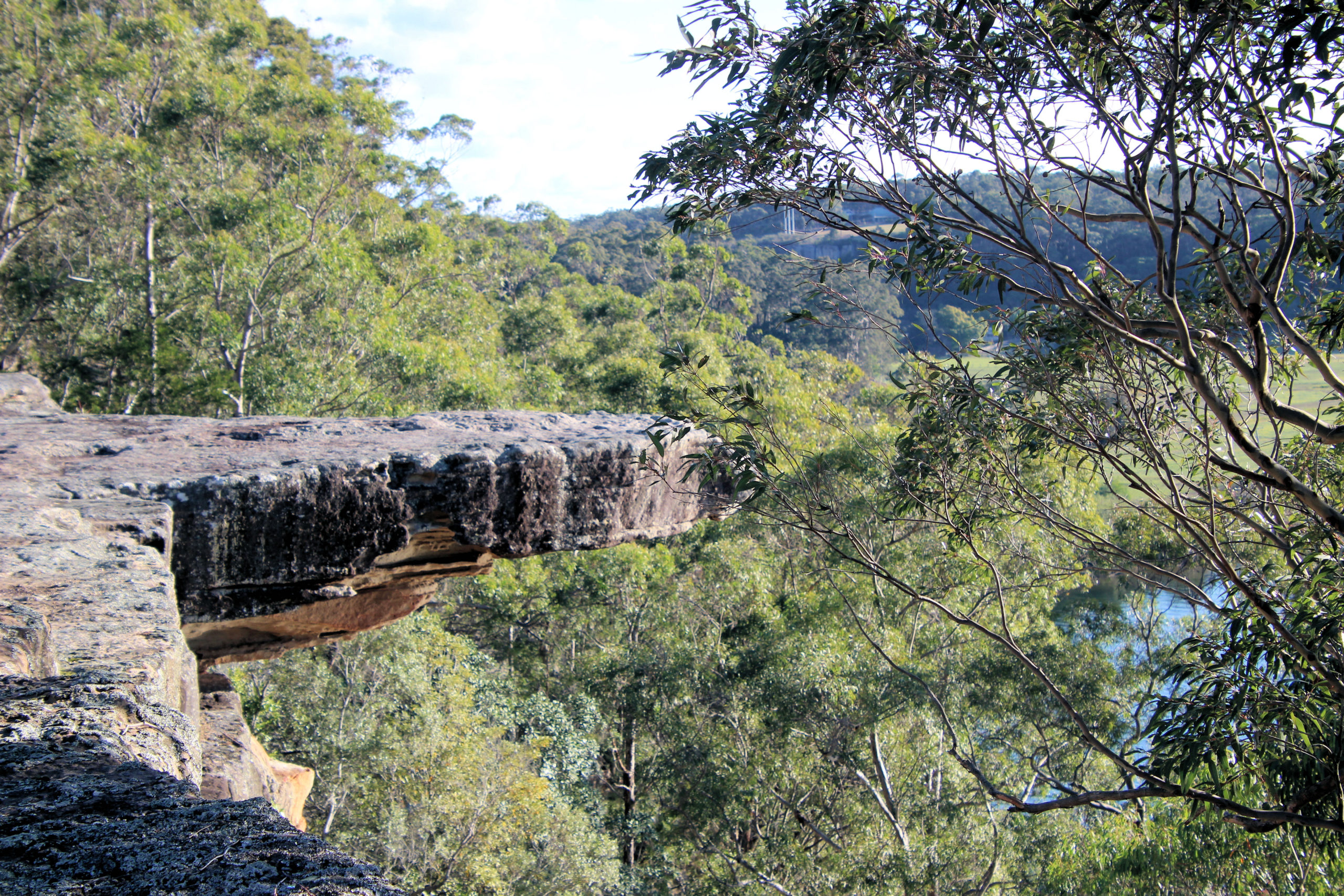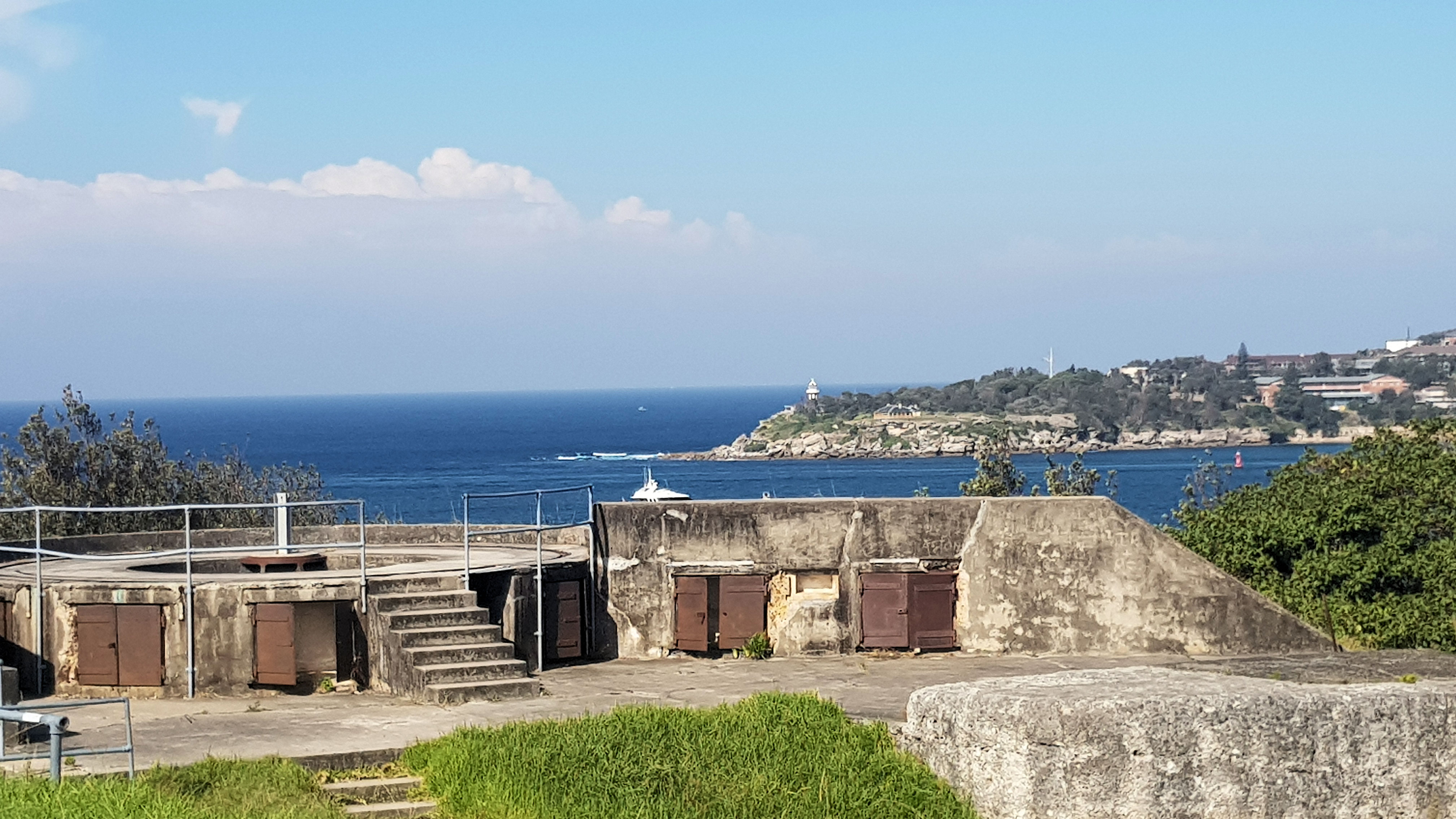Category: Royal Australian Navy
-
Woolwich Dock on Sydney Harbour

Woolwich Dock Originally the largest dry dock in Australia when completed in 1910, Woolwich Dock is now a reminder of the past. Owned by the Sydney Harbour Federation Trust, the dock is well maintained and access is free. Getting There Only a ten-minute walk from Woolwich Wharf, Woolwich Dock was once a bustling shipyard, but… Read more
-
Nowra New South Wales Australia

How to Get There Only two and a half hours drive south of Sydney, Nowra is a great place to explore the nearby Kangaroo Valley and Shoalhaven District. Public transport by train and bus goes to Nowra, but you will then need to organise personal transport to explore outside of the town. Where Did We… Read more
-
Middle Head Sydney Harbour

Middle Head Middle Head on Sydney Harbour houses the remains of Sydney’s original fortifications. Designed to repel an invasion from the sea, these huge concrete structures no longer have their guns, but remain as a reminder of times when Australia thought it was going to be invaded. The Royal Australian Navy still has a presence… Read more